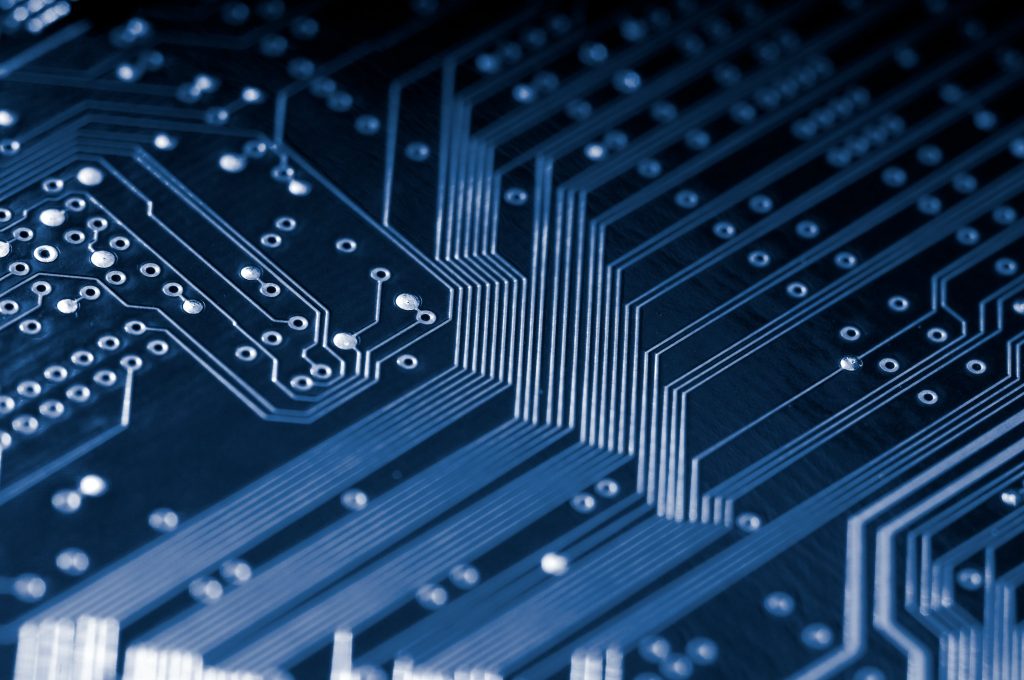High-Tg Printed Circuit Boards
If you work with printed circuit boards in your industry, you may or may not be familiar with the high Tg PCBs. Since the effective operation of your printed circuit boards is so important to your business, it may be beneficial to understand a little bit more about high Tg printed circuit boards.

What Is High Tg?
High Tg is another name for a high-temperature PCB, meaning printed circuit boards designed to stand up to high-temperature extremes. A circuit board is defined as high Tg if its glass transition temperature (Tg) is higher than 150 degrees Celsius.
FR-4 high Tg PCBs contain PCB material for high-temperature situations so you can count on them even under extreme temperature conditions. Typical PCB materials for high temperature may include NP-175TL, ITEQ-IT-180A, ISOLA 370HR, Shengyi S1000-2, and many others.
When Do You Need a High Temperature Circuit Board?
You need a high temperature circuit board for your applications if your PCB will be experiencing a thermal load no greater than 25 degrees Celsius below the Tg. If your product will be operating in the 130-degree Celsius range or higher, you will want to use a high Tg PCB to be safe. The main reason for the high Tg PCB is because of the movement to RoHS PCBs. It is causing most of the printed circuit board industry to move toward high Tg materials because of the higher temperatures needed for the lead-free solder to flow.

Get a Free Quick Quote.

Applications for High-Temp PCBs
If you are working with high power density designs whose heat generation is likely to overwhelm your heat sinks or other heat management methods, a high Tg PCB is really the only answer. Trying to reduce the heat generation of your PCB may affect the weight, cost, power requirements or size of your application, and it is usually much more cost-effective and practical to simply start with a high temperature heat resistant PCB.
High temperatures can be disastrous for unprotected PCBs, damaging dielectrics and conductors, creating mechanical stresses due to differences in thermal expansion rates and ultimately causing everything from inconsistent performance to total failure. If your applications are in any danger of subjecting your PCBs to extreme temperatures or the PCB is required to be RoHS Compliant, it will be in your best interest to look into high Tg PCBs.

Considerations for Heat Dissipation
High Tg PCBs will be very important when you are looking to protect your printed circuit boards from the high temperatures of your application’s process or during the extreme temperatures of lead free assembly, but you will naturally want to consider multiple methods of drawing the extreme heat generated by electronic applications away from your board.
There are three considerations for dissipating the high heat generated by the action of electronics with printed circuit boards: convection, conduction and radiation.
Convection heat transfer is the process of transferring heat to air or water to allow it to flow away from an area — for example, when fluid absorbs heat and flows to a heat sink where it cools. Convection can also refer to the use of a fan or pump to force air over the surface, drawing heat away with it. In most printed circuit boards, you will find a convection system where convection, usually including a cooling air fan, bears the heat through thermal vias to large, emissive heat sinks connected to conductive backings.
Conduction heat cools by putting the heat sink in direct contact with the heat source, allowing the heat to flow away from the source much like an electrical current flows through a system. Designers dissipate radiation heat by making sure to design a direct path for electromagnetic waves to flow away from the source. Although electromagnetic wave radiation does not generate a tremendous amount of heat, if the board is designed to put reflective surfaces in the path of these waves, it can cause a rebound effect and significantly magnify the amount of heat that radiation generates on the board.
You can see that the more heat you need to deal with, the more it affects the design of the board. Reducing power density can limit the effectiveness of your product while adding heat sinks and fans can increase size, weight and cost. This is why, even if you are aware of other effective methods of heat management, it can be a very good idea to look into high Tg materials as part of your overall heat control solution.


Contact Millennium Circuits Limited for High Tg PCB Support
At Millennium Circuits Limited, we can help you determine if you need high-temperature printed circuit boards and direct you to which specific materials and technologies are likely to be useful for your application. If you are transitioning to RoHS or just need more information about the high Tg laminates, just give us a call and we’ll be happy to accommodate you. You can reach us at 717-558-5975 or contact us online right now.

